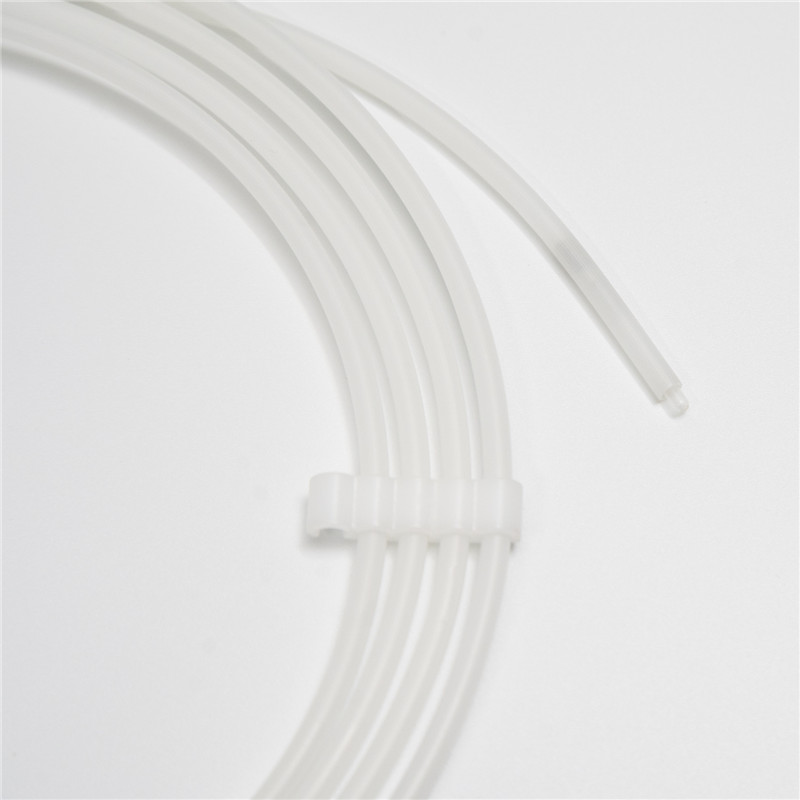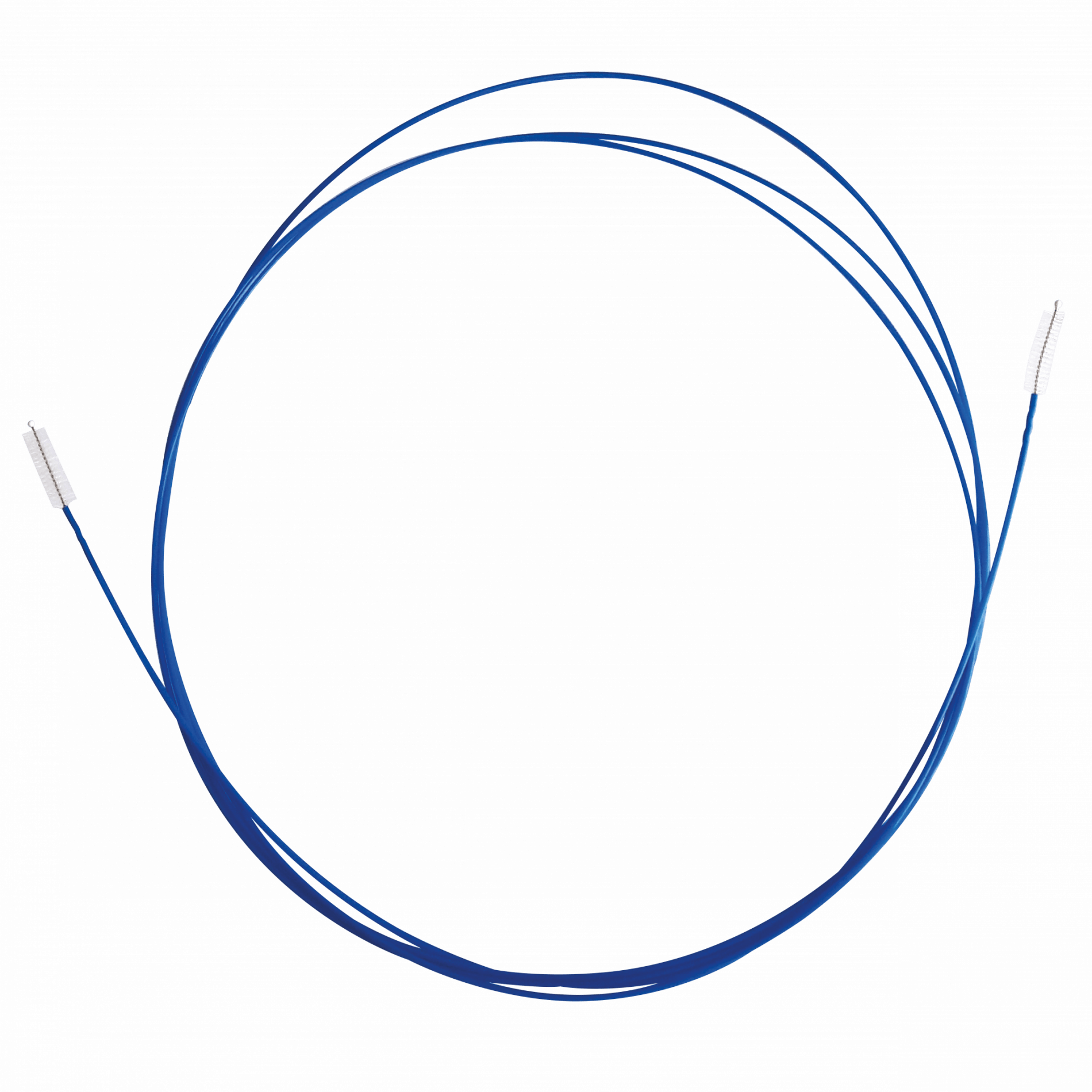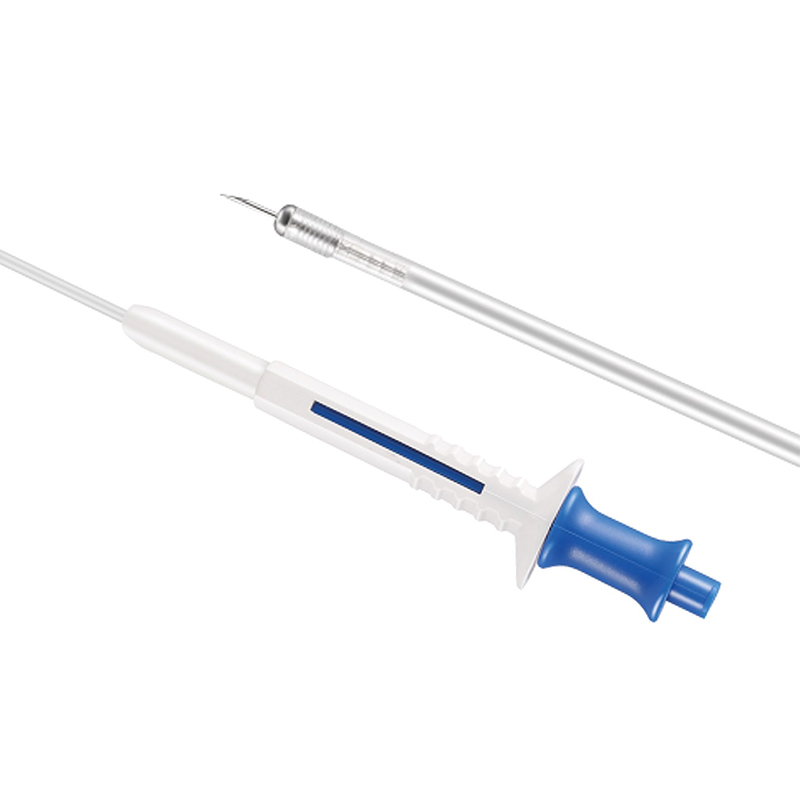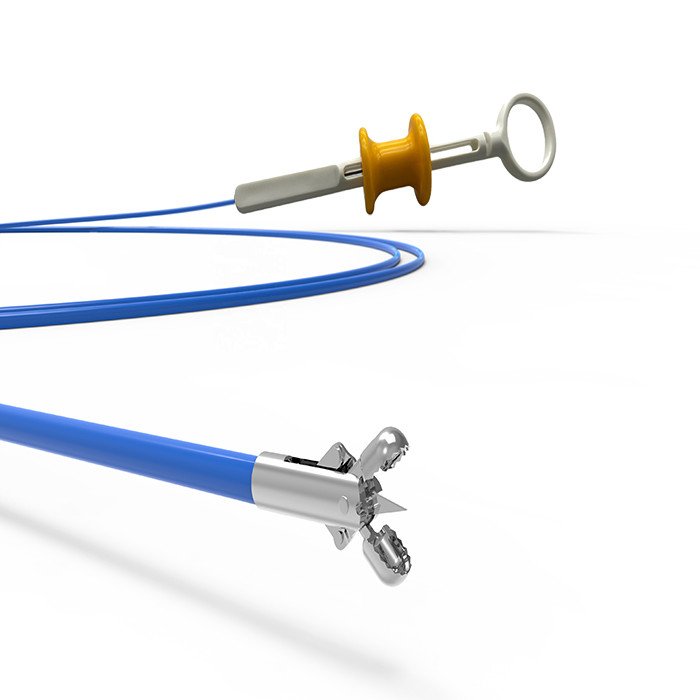
Hot-selling Endoscopic Forceps - Single Use Medical Endoscopic Spray Catheter Pipe for Gastroenterology – ZhuoRuiHua
Hot-selling Endoscopic Forceps - Single Use Medical Endoscopic Spray Catheter Pipe for Gastroenterology – ZhuoRuiHua
Hot-selling Endoscopic Forceps - Single Use Medical Endoscopic Spray Catheter Pipe for Gastroenterology – ZhuoRuiHua Detail:
Application
Spray Catheter is used for the spraying of the mucous membranes during endoscopic examination.
Specification
| Model | O.D.(mm) | Working Length(mm) | Nozzie Type |
| ZRH-PZ-2418-214 | Φ2.4 | 1800 | Straight Spray |
| ZRH-PZ-2418-234 | Φ2.4 | 1800 | |
| ZRH-PZ-2418-254 | Φ2.4 | 1800 | |
| ZRH-PZ-2418-216 | Φ2.4 | 1800 | |
| ZRH-PZ-2418-236 | Φ2.4 | 1800 | |
| ZRH-PZ-2418-256 | Φ2.4 | 1800 | |
| ZRH-PW-1810 | Φ1.8 | 1000 | Mist Spray |
| ZRH-PW-1818 | Φ1.8 | 1800 | |
| ZRH-PW-2418 | Φ2.4 | 1800 | |
| ZRH-PW-2423 | Φ2.4 | 2400 |
Products Description

Portable single hand control.
Application of EMR/ESD accessories
Accessories needed for EMR operation include injection needle, polypectomy snares, hemoclip and ligation device (if applicable) single-use snare probe and spray catheter could be used for both EMR and ESD operations, it also names all-in-one due to its hybird functions. Ligation device could assist polyp ligate, also used for purse-string-suture under endoscop, the hemoclip is used for endoscopic hemostasis and clamping the wound in GI tract and effective staining with spray catheter during endoscopy helps in defining tissue structures and supports detection and diagnosis.
FAQs of EMR/ESD Accessories
Q; What are EMR and ESD?
A; EMR stands for endoscopic mucosal resection, is an outpatient minimally invasive procedure for removing of cancerous or other abnormal lesions found in the digestive tract.
ESD stands for endoscopic submucosal dissection, is an outpatient minimally invasive procedure using endoscopy to remove deep tumors from gastrointestinal tract.
Q; EMR or ESD, how to determine?
A; EMR should be the first choice for the below situation:
●Superficial lesion in Barrett’s esophagus;
●Small gastric lesion <10mm, IIa, difficult position for ESD;
●Duodenal lesion;
●Colorectal non-granular/non-depressed <20mm or granular lesion.
A; ESD should be the top choice for:
●Squamous cell carcinoma (early) of the esophagus;
●Early gastric carcinoma;
●Colorectal (non-granular/depressed >
●20mm) lesion.
Product detail pictures:





Related Product Guide:
It can be our accountability to satisfy your preferences and competently provide you. Your satisfaction is our greatest reward. We are searching ahead towards your visit for joint growth for Hot-selling Endoscopic Forceps - Single Use Medical Endoscopic Spray Catheter Pipe for Gastroenterology – ZhuoRuiHua , The product will supply to all over the world, such as: Lyon, Belarus, Spain, The president and all the company members would like to provide professional products and services for customers and sincerely welcome and cooperate with all native and foreign customers for a bright future.
After the signing of the contract, we received satisfactory goods in a short term, this is a commendable manufacturer.







